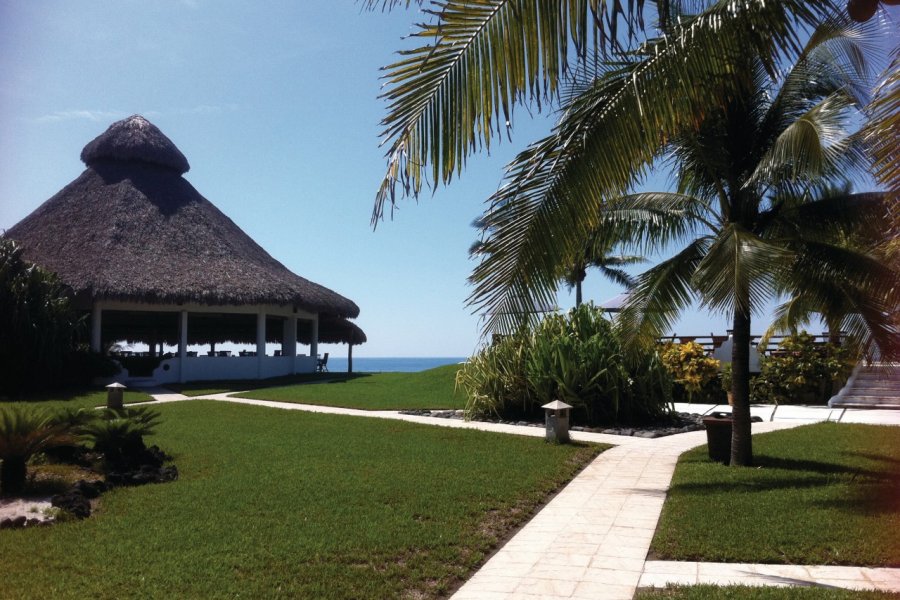Travel Guide Monterrico
Find an accommodation
Advertising
In the past, Monterrico was more popular than El Paredon; today, the trend has reversed. Thanks to its more developed infrastructure, the former village, located 70 kilometers east of the latter, acts as a small seaside resort for Guatemalan families. In practical terms, the beach is similar, but the waves aren't really conducive to surfing. The streets are just as safe, but less charming. On the other hand, the commune does have one significant attraction: its 2,800-hectare nature reserve, founded in 1977.Made up of 65% watercourses and crossed by the Chiquimulilla canal, this is a wetland whose mangrove forests are home to endemic and migratory birds, as well as the green iguana, which is the subject of a breeding program. Above all, the Monterrico beaches are important nesting sites for two species of sea turtle: Parlama and Baule. Every year, particularly from July to December, they come ashore, dig up the sand and use their flippers to dig huge holes to lay their eggs. This is when the Centro de Estudios Conservacionistas - CECON - comes into play: it recovers them and ensures that they reach the end of their evolution by carefully preserving them in its Tortugario.The period from December to March is also a particularly good time to see the impressive humpback whales on their way from Costa Rica to Mexico. Several agencies organize boat excursions to get as close as possible to the whales, but we recommend that you contact the Hawaii-based NGO ARCAS.
What to visit Monterrico?
Weather at the moment
Advertising
Organize your trip with our partners Monterrico
Transportation
Book your plane tickets
Car Rental
Boat rental
Accommodation & stays
Find a hotel
Holiday rental
Find your campsite
Tailor-made trip
Immersion travel
Services / On site
Activities & visits
Find a doctor













